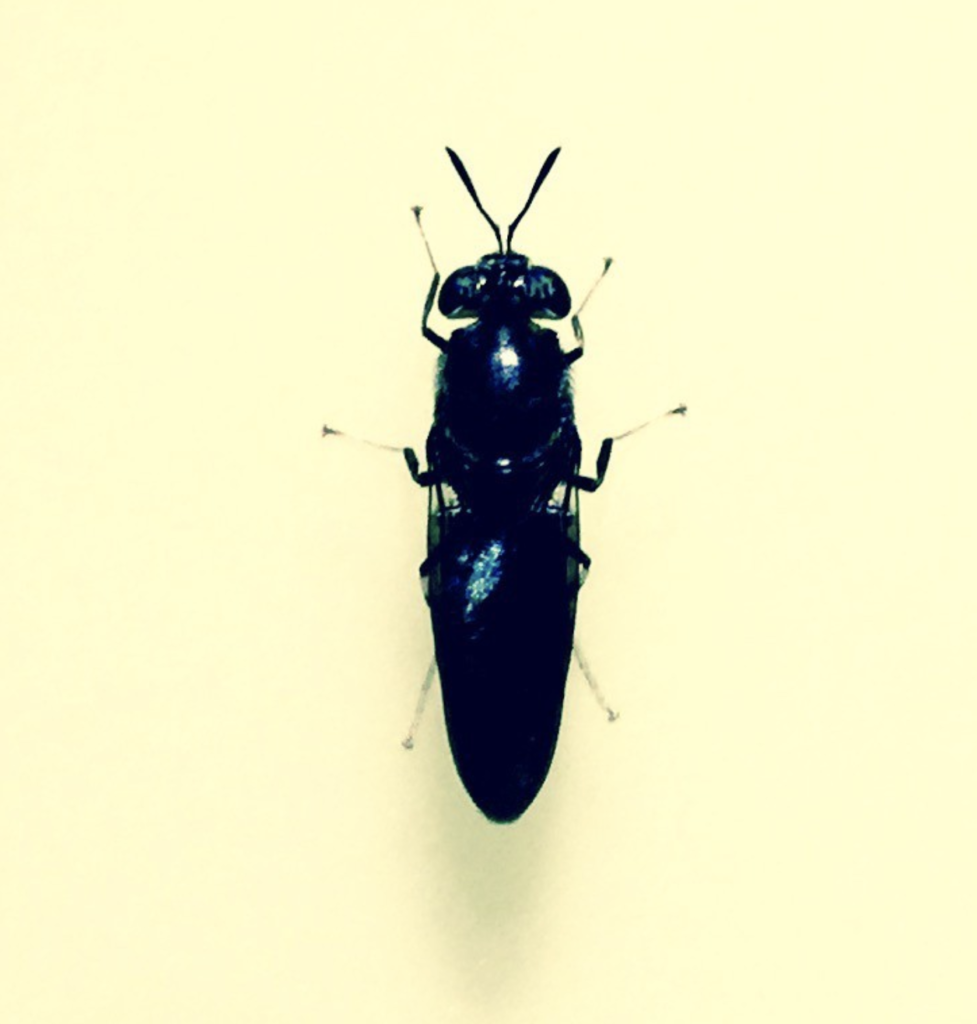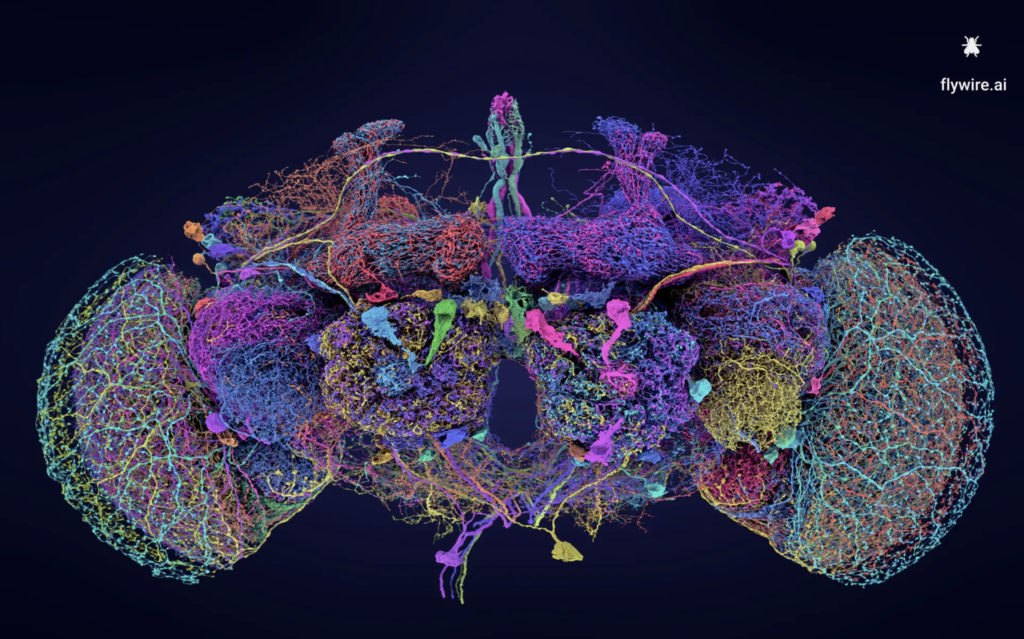
I wanted to break the current two-month oklo drought with an anecdote along the lines of, “in one of his later interviews, William S. Burroughs wondered where all the interest in space aliens is coming from, when, in the form of insects, we’ve got remarkable aliens right here.”
The piece that I was thinking of seems to be this 1992 item from Esquire Magazine, which features both WSB and David Cronenberg, and the observation is from Cronenberg rather than Burroughs. The article itself looks like it was a promo-tour throw-away associated with the big-screen adaption of Naked Lunch. It’s cringy and dated to read it 32 years on. Indeed, Burroughs’ later years in Lawrence Kansas were filled with cheesy interactions with pop-alternative figures that didn’t age well. Cue Al Jourgensen.
The insects-vs-aliens riff is readily repurposed with transformers. Why bother with those alien-channeling TED talkers and megastructures orbiting Kepler stars when attention is all you need?
Readers likely attended to that press surrounding a new set of papers in Nature centered around a near-complete mapping of the fruit fly brain at the level of individual neurons and synapses. The visualizations are eye-catching:

As a rule, I’m consistently trying avoid veering into “explainer podcast” territory, and moreover, I’m out of my depth when it comes to connectomes. I do want to remark that it’s a real help to have GPT-4 by one’s side as one works through a paper in an unfamiliar field.
There is a school of thought that resists the brain-as-computer analogy. A quick glance over Descartes’ theories of the cognitive mechanism certainly supports such skepticism. And for sure, a network of neurons is not a neural network. But I like pushing analogies beyond their elastic limit. There’s a certain asocial pleasure in constructing sweeping order-of-magnitude estimates when one is safely sheltered from the ravages of peer review.
The fruit fly brain contains 10^5 neurons and 10^8 connections. Order of magnitude, this feels like it lies somewhere in the vicinity of GPT-2, which requires a fleet of 2019-era GPUs to train, and of order 300 billion floating-point operations to fully process a 1000-token sequence through a 100-million-parameter trained model in one forward pass (fully fresh context, so no KV-cache).
Cursory research indicates that a fruit fly burns about one calorie (the 4.2 J variety, not the 4,200 J variety) per day. Its brain volume to body volume ratio is 0.03%. Assuming a constant metabolic rate throughout the fly (which seems conservative, given the rigors of flight assigned to the wing muscles) the fly’s brain consumes 0.1 erg/sec. Assuming 32-bit operations per low-resolution FLOP, this suggests that if the fly brain computes at the Landauer limit, it is running at a computational equivalent of ~200 billion floating point operations per second.
It’s remarkable how we just swat them away as they dart drone-like above the left-out fruit.
